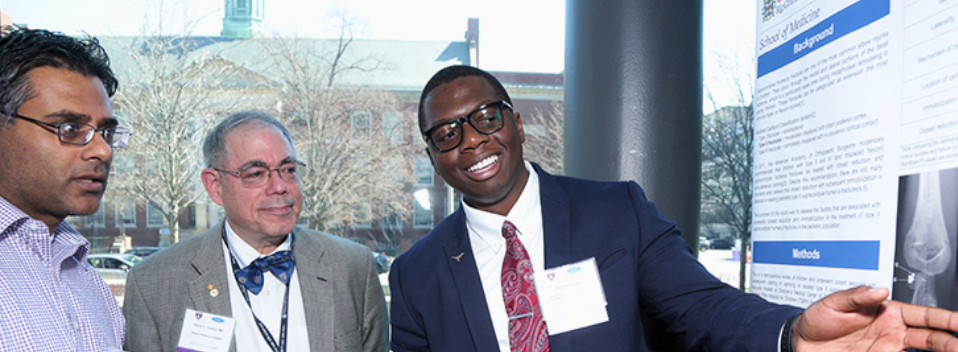
MEDI 9331 Scholarly Activities Clinical Years
Document Type
Article
Publication Date
Winter 12-6-2023
Abstract
Introduction
Less than one percent of individuals with a spinal cord injury (SCI) experience complete functional recovery by hospital discharge. In the majority of subjects with SCI or any significant neurological injury, functional impairments remain exceptionally devastating and are the leading causes of disability in the United States. Most subjects have impairments that span from paralysis, sensory and motor dysfunction. In the majority of cases, physical rehabilitation remains the hallmark intervention for the regain of function and improvement in the performance of activities of daily living (ADLs). However, rehabilitation can be limiting in that this method takes a considerable amount of time, typically over 9 months, to show measurable improvements. Previous research has focused on finding ways to improve the rehabilitation experience and making the process more efficient and worthwhile for people with SCI or a variety of other neurological injuries.
One field that may improve the efficiency of neurorehabilitation is the use of robotics. For example, one such randomized control trial by Dehem et al. showed promise for upper-limb robotic-assisted therapy (RAT) in stroke rehabilitation (1). This study found that in stroke patients, RAT combined with conventional rehabilitative therapy was more effective in the early phases of rehabilitation compared to conventional therapy by itself in improving upper-limb ability during functional tasks and gross manual dexterity as measured via Wolf Motor Function tests (1). Another study by Ranzani et al. showed that upper limb robotic devices may be used to complement rehabilitation therapy for those with a history of a stroke (4); they found that this form of therapy was non-inferior to conventional neurocognitive therapy and that it offered additional benefits including minimal therapist supervision and the potential to be used directly in patients’ homes, thus increasing the frequency of hand therapy (4).
One specific robot-assisted therapy focused on neurological rehabilitation, the Bionik InMotion robotics arm, has shown promise in transforming rehabilitative practices and may be used for patients with spinal cord injury, stroke, Parkinson’s disease, muscle spasticity, and many other injuries (3). An observational retrospective study of sixty-eight subacute stroke patients who underwent twenty daily sessions of upper limb RAT with the Bionik InMotion 2.0 found significant improvements in motor performance including in the areas of movement accuracy and speed, particularly during the first treatment sessions (2). The InMotion arm monitors patients’ movements during therapy while also assisting when needed in completing motor tasks. In addition, this robotics arm is easy to set up and use through the generation of simple menus and reports (3). This method provides for a variety of therapeutic exercises, including those focused on motor planning, eye-hand coordination, and attention and motor memory consolidation (3). Through the Bionik InMotion arm, physical therapists and other providers may best pinpoint the exercises that will most benefit their patients and their patient’s specific goals through personalized care.
Even though the Bionik InMotion arm has been used in over twenty countries, including the United States, there does not exist control values for its use (3). Through our research, we hope to obtain these control values using healthy participants. In doing so, we could later potentially compare these normalized values to patients recovering from neuromuscular weakness secondary to injury such as stroke or SCI. This way, providers may also use this robotic arm to compare values for the same patient before and after rehabilitation sessions and thus be better able to monitor improvement and plan future interventions accordingly.
Recommended Citation
Oquita, Ramiro, "Bionik InMotion Arm/Hand Robot Standardization" (2023). MEDI 9331 Scholarly Activities Clinical Years. 78.
https://scholarworks.utrgv.edu/som9331/78
Academic Level
medical student
Mentor/PI Department
Neuroscience

